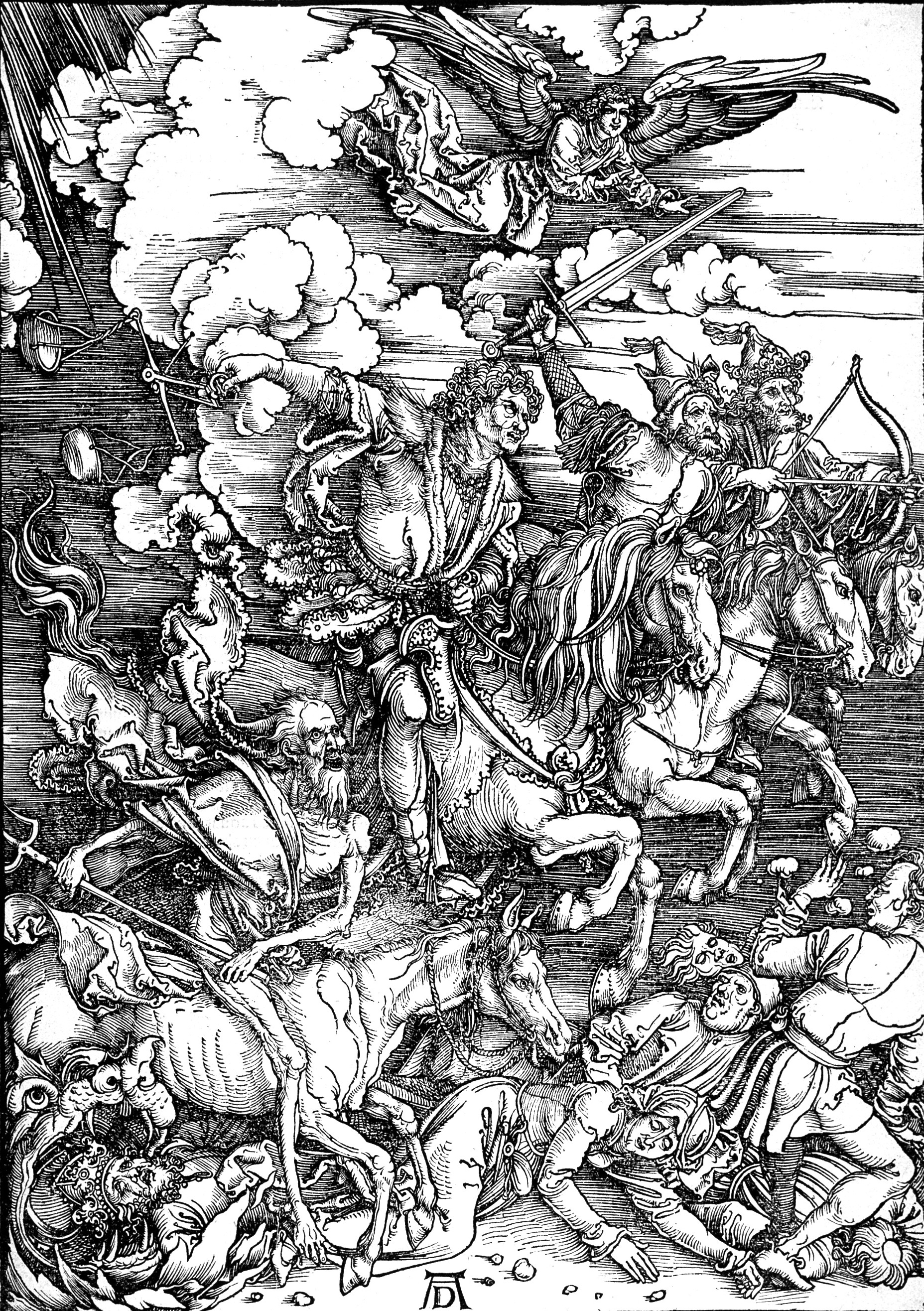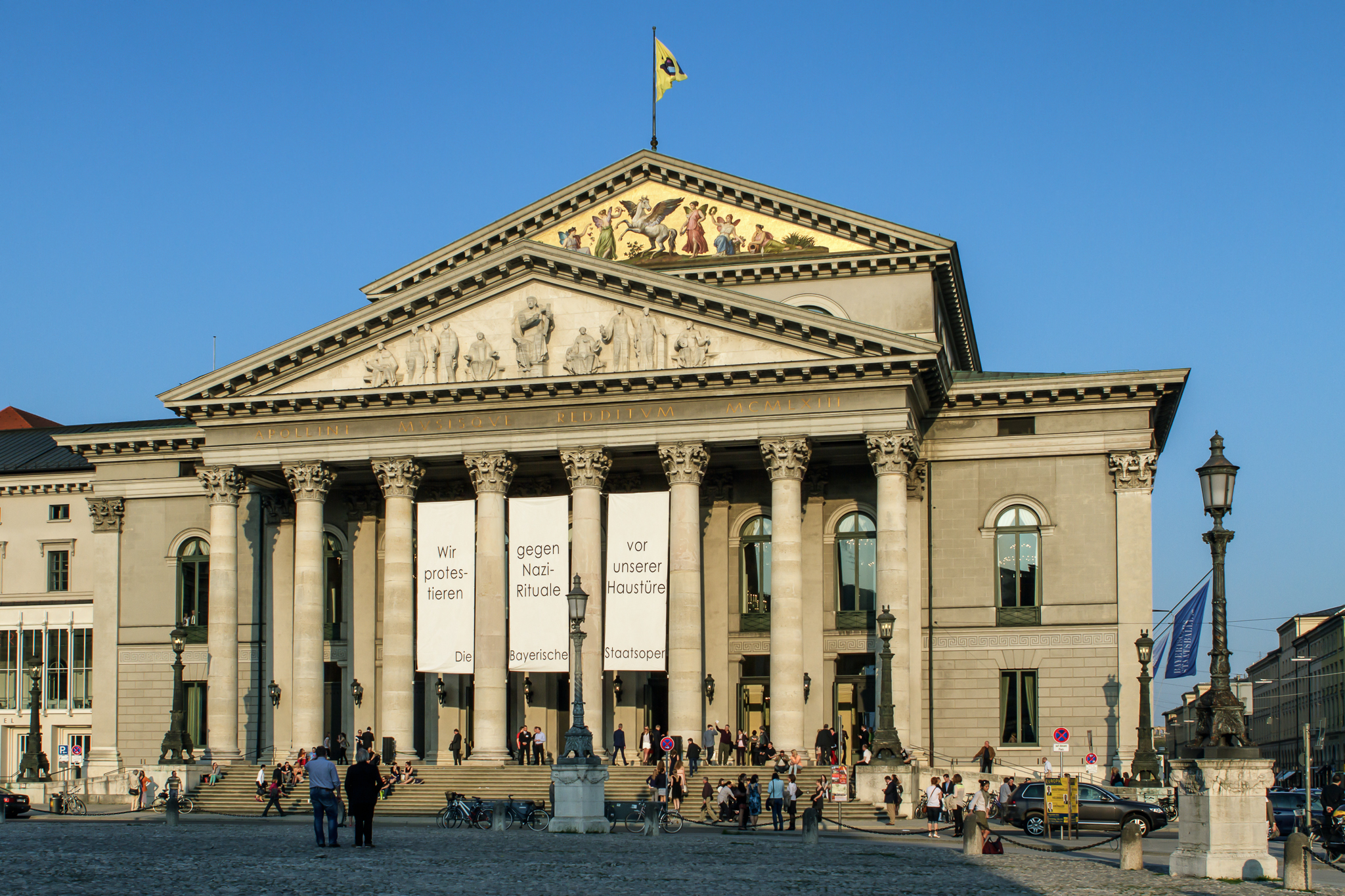I was contemplating doing a creative writing story for this Go Deutschland Futbol post, but I just couldn’t seem to get the imaginative juices to flow as swift as the coursing river. Therefore, I will take the more mundane route and describe the town of Mittenwald, a city that is located in the South of Germany. It is on the border with Austria and only has 7,570 residents. It is the typical small, “German” town that has inhabitants with blond hair, blue eyes, and flawless skin. I visited this enchanting city in July of 2007 when I was 10 years old. To be honest, I barely remember it, but I still have the recollections of my mother and sister. This is what I wrote in my journal on August 8th, 2007 about Mittenwald. “After that, we went to Mittenwald and saw a festival. There were people flipping and a couple of guys on stilts doing a puppet show using real people! It was very neat…” I am not sure, but I believe my 10 year old self was referring to the Mittenwald music festival that takes place every summer in the fairytale-like town.

Town center
The one detail I distinctly remember about Mittenwald (which is nestled in the Alps) is the hole-in-the-wall store (Heuwagelchen) that sold hay-shaped animals. This store was difficult to forget as the aromatic smell of the grass and hay infiltrated the nose and stained the memory permanently. I remember looking at the all the different animals and being amazed that people could create such delicacies from grass remnants. The particular animal I bought was a quaint goat, hence the name of the article. My sister bought a mouse, although it was unique in that it was carrying a heart and was wearing brown wire-rimmed glasses. I looked up a picture on Flickr and that same shop is still selling hay creations. If the owner of that amazing shop is reading this, please email me so we can talk!
My sister's animal
Mittenwald is in Bavaria, a region in the Southeast of Germany. My family is from the Pfalz, Neustadt an der Weinstrasse to be precise. Every time one of my relatives in the states travels to Germany, Mittenwald is an assumed destination. Find out more about their tourism here. The other aspect about this city that I remember is the people that crowded the small, cobblestoned streets during the music festival. They were….completely genuine and almost unreal to my American eyes. The tall, good looking men (i.e. blond hair, blue eyes) were actually dressed in their lederhosens (glorified German overall shorts) and the women were wearing traditional dirndls (dresses that bunch around the bust and end in a ruffled skirt). The funny part was that many were carrying iPhones, an anachronism if ever there was one. The men were also wearing hats with feathers sticking out of the top; they are officially called Tyrolean hats or Bavarian hats. They originated in the Alps region and are also worn in Italy. As for food, vendors were pulling red wagons loaded with rich red wine; giant, doughy pretzels, weiner schnitzel, red cabbage, potato balls, and rostbraten were also being sold (and consumed heartily!) The day I visited the city, the weather was sunny and the azure skies were for want of clouds. Rotund, middle aged women roamed the streets and tan/brown buildings with wooden slats that come to a sharp point dotted the city.
Restaurant Post
The most notable aspect of Mittenwald (besides the bustling Bavarian streets) is the Catholic Church of Saints Peter and Paul. Judging by the pictures, the edifice that dominates the main square is a point of interest for meandering tourists. Although this post is rather scattered, I do think it is interesting what the 10 year old mind chooses to remember. Besides the Hay animal shop and the attractive men, I also seem to recall the dark, dingy hallway of a restaurant studded with candelabras that led out onto a main street. After reading my writing on Mittenwald and consulting the internet, I managed to find the actual place that had been swimming in my congealed memories. The restaurant was called the Post Restaurant (which is also a hotel). After experiencing the small town enchantments of Mittenwald, my family and I toured Ludwig’s Castle, another amazing structure that truly testifies to the ingenuity of Romantic builders. It is located in Neuschwanstein and was built in the 1860s-1890s. To conclude, I would definitely recommend visiting the dot-on-the-map town of Mittenwald, the definition of a small German town that has great wine, fun festivals, and people that are caught between modernity and preserving the traditions of the past.




.jpg/1280px-Runde_braune_Lebkuchen_-_Flickr_-_tm-md_(4).jpg)




_adj.JPG/300px-K%C3%B6lner_Dom_S%C3%BCdfassade_2011_(2600-02)_adj.JPG)
.jpg)





